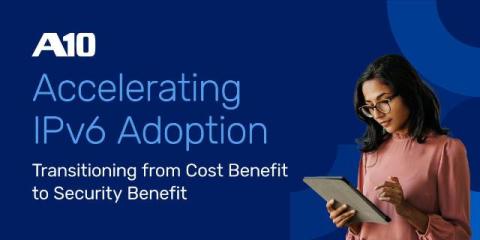Application Delivery Controller (ADC) Checklist: Five Criteria to Make the Right Choice
Application delivery has never been more critical—or more challenging. Customers, partners, and employees expect a great experience every time they access your apps, without having to worry about the security of their data. But meeting that expectation gets harder every day, as complex hybrid and multi-cloud environments, intensifying threats, rising scale, and constantly changing business requirements put new demands on your infrastructure.











